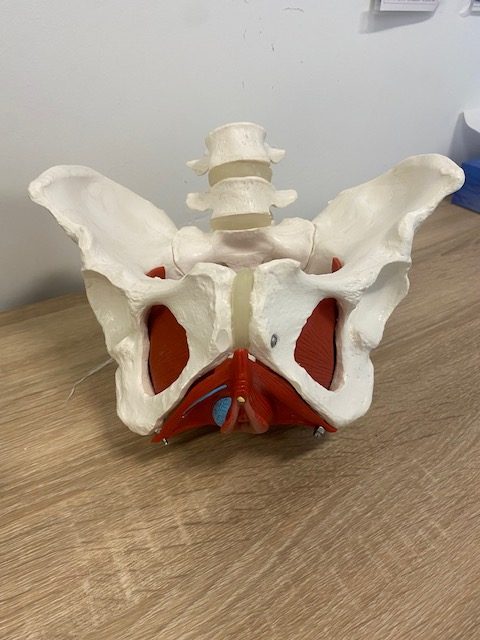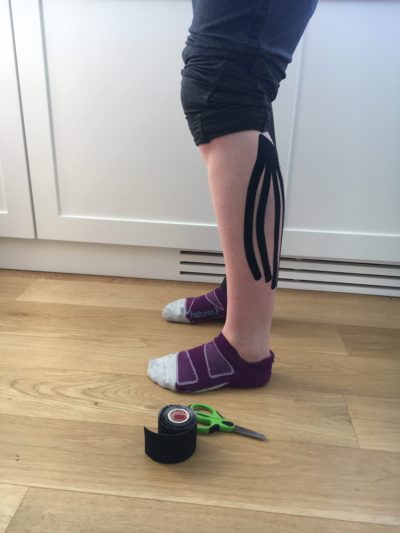All About Bladder Diaries

A bladder diary is a tool used by many different healthcare professionals to gain information about a patient’s bladder health and habits. It is an easy and efficient way to keep a log of urination, symptoms, food, and fluid intake.
It can be used for a variety of conditions such as urinary or fecal incontinence, urinary or fecal urgency, changes in urinary frequency and interstitial cystitis. Whatever bladder symptoms you are having, should be reflected in the bladder diary as well as any additional comments you would like to share with your healthcare provider.
Fluid intake
Fluid plays an important role in keeping our bladder and bowels healthy.
Certain fluids are considered bladder irritants such as
- coffee
- decaf
- caffeinated
- carbonated drinks
- alcohol
- green tea
On the other hand, water plays an essential role in the body. The National Academy of Medicine recommends 9-13 cups of daily water intake. Foods such as ice cream, sherbet and broth should also be considered liquids for the diary.
Food intake
Since certain foods can also affect the bladder, it can be useful to denote certain food intake.
Common Food Bladder Irritants:
- spicy foods
- tomatoes
- chocolate
- citrus foods
Urine output
Ask your health provider how specific they would like you to be concerning your urine output.
It can range from measuring it:
- in ounces by collecting it
- use a measuring cup
- by approximating it with
- drops
- small
- medium
- large
Your bladder diary should note:
- Time at which you urinated
- Amount of urine
- ounces or approximation
- Symptoms associated with urination
- pain
- incomplete emptying
Leakage/Incontinence
If you are having symptoms of leakage, it is important that your diary reflects this so that you or your healthcare provider can check for any links between habits and symptoms.
Your bladder diary should note:
- The time at which you leaked
- Amount of leakage
- ounces
- weigh sanitary pad before and after
- approximation
- drops
- small
- medium
- large
- ounces
- The activity you were engaged in at the time
- coughing
- laughing
- sneezing
- exercise
- change position (standing up)
- Symptoms associated with the leak
- urge
- pain
It is recommended to use the bladder diary from 3 to 7 days and in different life conditions. For example, it can be helpful to keep one at work as bladder habits can change in different contexts.
What is the role of your pelvic health physical therapist?
If you are experiencing bladder issues, make sure to ask your physical therapist if the bladder diary could be beneficial for you. Your physical therapist is there to guide you and answer any questions relating to your bladder health and the bladder diary. Using your bladder diary, your physical therapist will be able to create a plan for addressing your symptoms by modifying certain bladder habits or giving specific advice and exercises that pertain to you.
Attached is an example of a bladder diary by the National Association for Continence: https://nafc.org/wp-content/uploads/2022/05/bladder-diary.pdf







